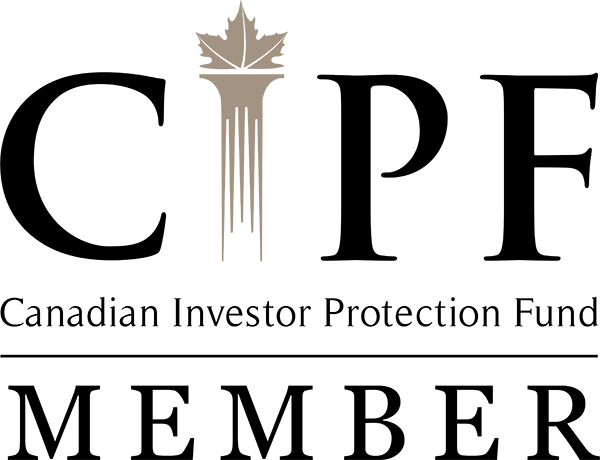Negative Interest Rates
Negative nominal interest rates on German, Swiss, and Japanese 10-year government bonds – and near-zero rates on bonds from the Netherlands and France have many people scratching their heads. Who in their right mind would buy such bonds – knowing they were going to lose money on an investment?
The first group of investors are banks and insurance companies who have a regulatory requirement to own a percentage of their investment portfolio in low-risk bonds. They don’t have a choice. Also, there is often the opportunity to pass on the “cost” of negative-pay bonds to their clients by increasing the price of other services provided. The negative-pay bond is simply a necessary cost which can be offset by increased fees in another area.
The second group are investors who see so much risk in the stock market that they are happy to buy negative-pay bonds. If the global economy worsens and today’s negative-pay bonds are surpassed by other bonds issued in the future - at even lower rates, then current negative-pay bonds look attractive.
In summary, there are lots of buyers of these negative-pay bonds around the world. Canadians would rightly consider these types of bonds unattractive and this is a sign of strength in the Canadian economy.
Information in this article is from sources believed to be reliable, however, we cannot represent that it is accurate or complete. It is provided as a general source of information and should not be considered personal investment advice or solicitation to buy or sell securities. The views are those of the author, [name], and not necessarily those of Raymond James Ltd. Investors considering any investment should consult with their Investment Advisor to ensure that it is suitable for the investor’s circumstances and risk tolerance before making any investment decision. Raymond James Ltd. is a Member - Canadian Investor Protection




